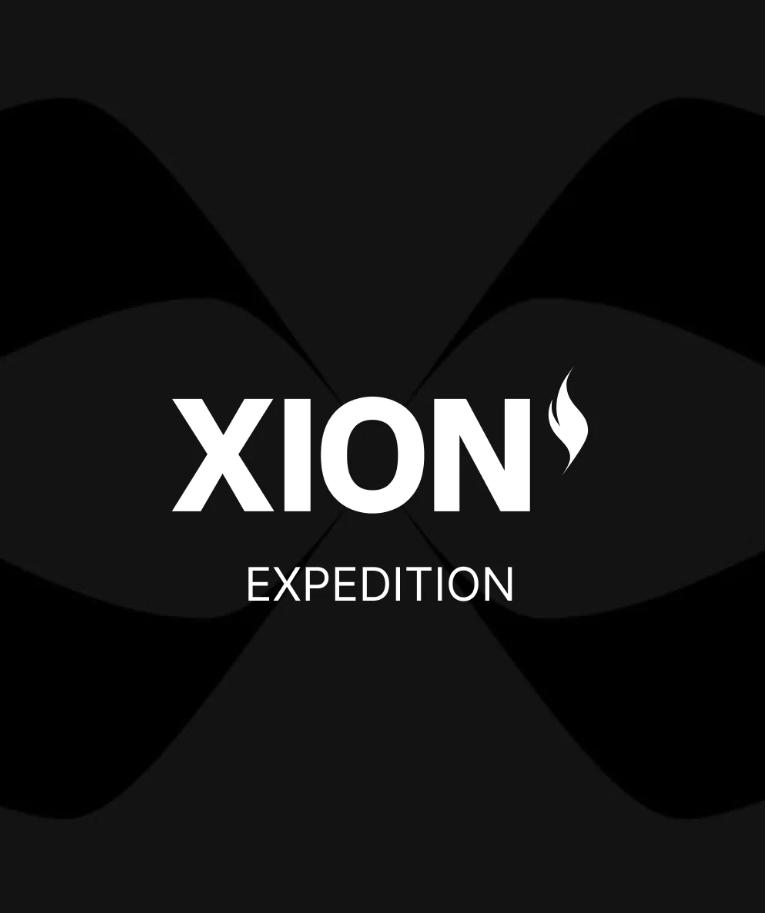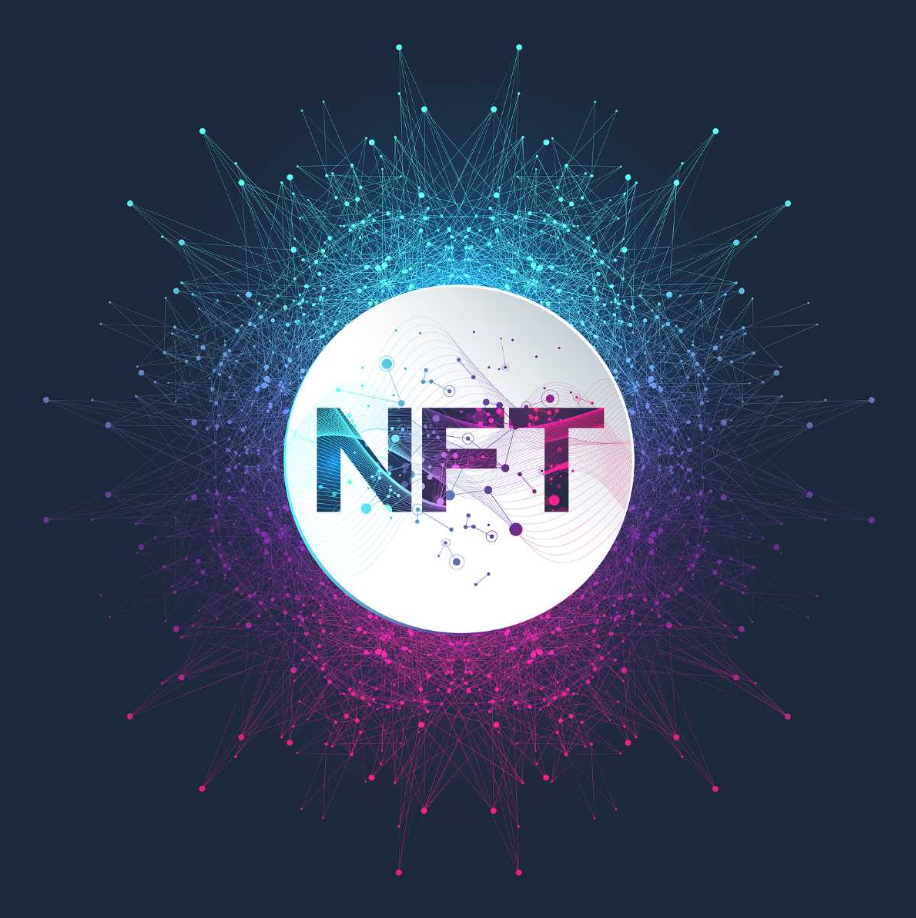Blockchain technology, initially hailed for its application in digital contracts, is finding a new niche in the art industry. The technology serves as a permanent record of a physical artwork's authenticity, providing clear provenance tracking and managing secondary sale conditions to benefit artists beyond their primary sale.
This application has been inspired by blockchain-powered ventures in other industries dealing with high-value items. Everledger, a notable example, uses blockchain technology to authenticate and track the provenance of diamonds.
The art market, after its initial engagement with blockchain through non-fungible tokens (NFTs), is witnessing the emergence of platforms like Fairchain and Arcual. These platforms leverage blockchain technology to digitize the established interaction between artists, dealers, and collectors in buying and selling new physical works of art.
Platforms like Fairchain and Arcual offer blockchain-stored certificates of authenticity, setting contractual terms for the secondary sale of an artist's work. Arcual, backed by the LUMA Foundation, MCH Group, and BCG X, employs a double-signed agreement process. This process includes a certificate of authenticity with multiple signatures, ensuring neither party can unilaterally define terms or conditions.
The platforms also allow artists to add additional data, like text, images, and PDF files to create a rich provenance, recording anything from the work's creation to the artist's intentions for its display. Arcual has also introduced "digital dossiers" which enable artists to add uniquely personal marks of authenticity, creating an extra level of trust.
Artclear, another new blockchain platform, offers a technical model closer to Everledger’s “digital twin” approach. It provides microscopic-level scanning of works, with the scan and a digital code saved on the blockchain as part of an Artclear Fingerprint.
Despite the excitement around these technological advancements, the question of critical mass remains a concern. The industry will need to shift towards a single model and blockchain for this approach to work effectively, necessitating a coordinated and rigorous enforcement effort.







